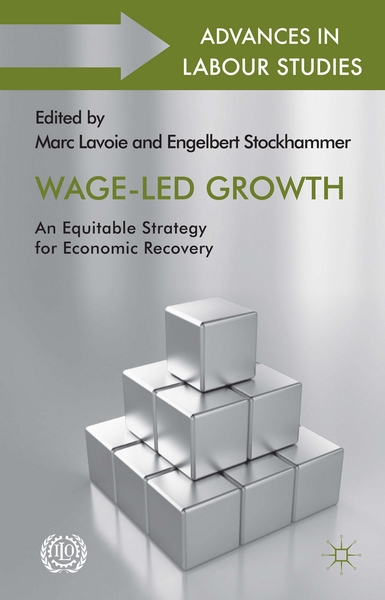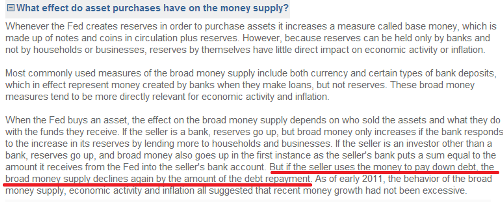In India – at least a while ago – they were many tickers trading on the stock exchanges with no income and in some cases with no office whatsoever!
Why would anyone incorporate such a thing? For two – illegal – reasons: first the IPO of the company gets the money in – which makes the owners rich – and the second way is to manipulate the price of the stock to fool more investors. The owners would trade among themselves and fool trend followers to buy the stock.
Cryptocurrencies are like that – with the difference being that they are equity liabilities of unincorporated and unregistered enterprises trading in unregulated markets. The deceit lies in marketing them as some sort of currency and inducing people to trade in them as if it were some currency.
If that is the case, what is the national accounts description (like the 2008 SNA) of such a thing? First, there is no incorporation so we have to treat them as quasi-corporations as national accountants do.
Sec 4.42 of the 2008 SNA has a description of quasi-corporations. That is for general economic activity but here I use the concept to describe cryptocurrencies. The difference here is that unlike the quasi-corporations, the cryptocurrency quasi-corp has no income!
The other reason for thinking of a quasi-corporation is that one usually sees money as a liability of an institution, so we need to think of cryptocurrencies as a liability of some economic unit.
So how does the balance sheet of this cryptocurrency quasi-corp look like at various stages?
Let us say that the cryptocurrency quasi-corporation raises $100mn at the “IPO”:
Assets | Liabilities and Net Worth |
Bank Deposits = +$100mn | Equities Issued = +$100mn |
Note: Here the symbol $ is for the United States dollar and not for any cryptocurrency such as the bitcoin.
Now, the owners of the cryptocurrency quasi-corporation make a “withdrawal of equity”. That is, whatever money is received in ordinary currency is transferred to the owner’s personal account. After this, the balance sheet of the quasi-corporation looks like:
Assets | Liabilities and Net Worth |
Bank Deposits = $0 | Equities Issued = +$100mn |
which has a counterpart that the owners’ net worth rises by $100mn (as a result of the transfer of payment received in dollars to the owners’ account).
Once the “cryptocurrency” starts trading in unregulated markets, the price of a unit rises or falls, so let’s say it rises 10 times the IPO price. At the time,
Assets | Liabilities and Net Worth |
Bank Deposits = $0 | Equities Issued = +$1bn |
Of course, there is nothing wrong with the net worth of a corporation going negative – as may sometimes happen in times when there is a stock market boom, even for the corporate sector of a nation as a whole.
In this case however, this cryptocurrency quasi-corporation has no income whatsoever. In fact, it is using your services and hence making a loss which is covered by issuing more equities!
There is a concept of mining in cryptocurrency which is the most interesting part.
So suppose users “mine” cryptocurrency worth $100mn by providing services to the quasi-corporation, the balance sheet of the quasi-corporation will look like (assuming the price of the cryptocurrency hasn’t changed):
Assets | Liabilities and Net Worth |
Bank Deposits = $0 | Equities Issued = +$1.1bn |
In the language of flows, the cryptocurrency quasi-corporation has:
an operating surplus of minus $100mn,
a balance of primary income of minus $100mn,
entrepreneurial income of minus $100mn,
disposable income of minus $100mn, and,
saving (undistributed profits) of minus $100mn.
This has a counterpart in the financial account as a net borrowing of $100mn by issuance of equities worth $100mn.
(For the above refer to the tables in Annex 2 – The Sequence of Accounts of the SNA).
The ultimate user of this intermediate consumption is another firm but the trick here is that its costs are reduced because of the issuance of cryptocurrencies for which it is not liable at all.
In the case where you own some cryptocurrency and pay for some pizza using it, it is a transaction between you and the pizza maker and shouldn’t affect the accounts of the quasi-corporation except the change in the name of ownership of the cryptocurrency – like a transaction using bank deposits. Here it is more like buying a pizza using Apple stocks with Apple Inc. acting as the settlement agent.
Of course, I repeat – currencies are not like equities but in this case, cryptocurrencies have been marketed as currencies whereas they are more like stock market equities but traded in unregulated markets.
The cryptocurrencies are thus a more sophisticated version of stocks of companies trading in markets with no income and no office.



